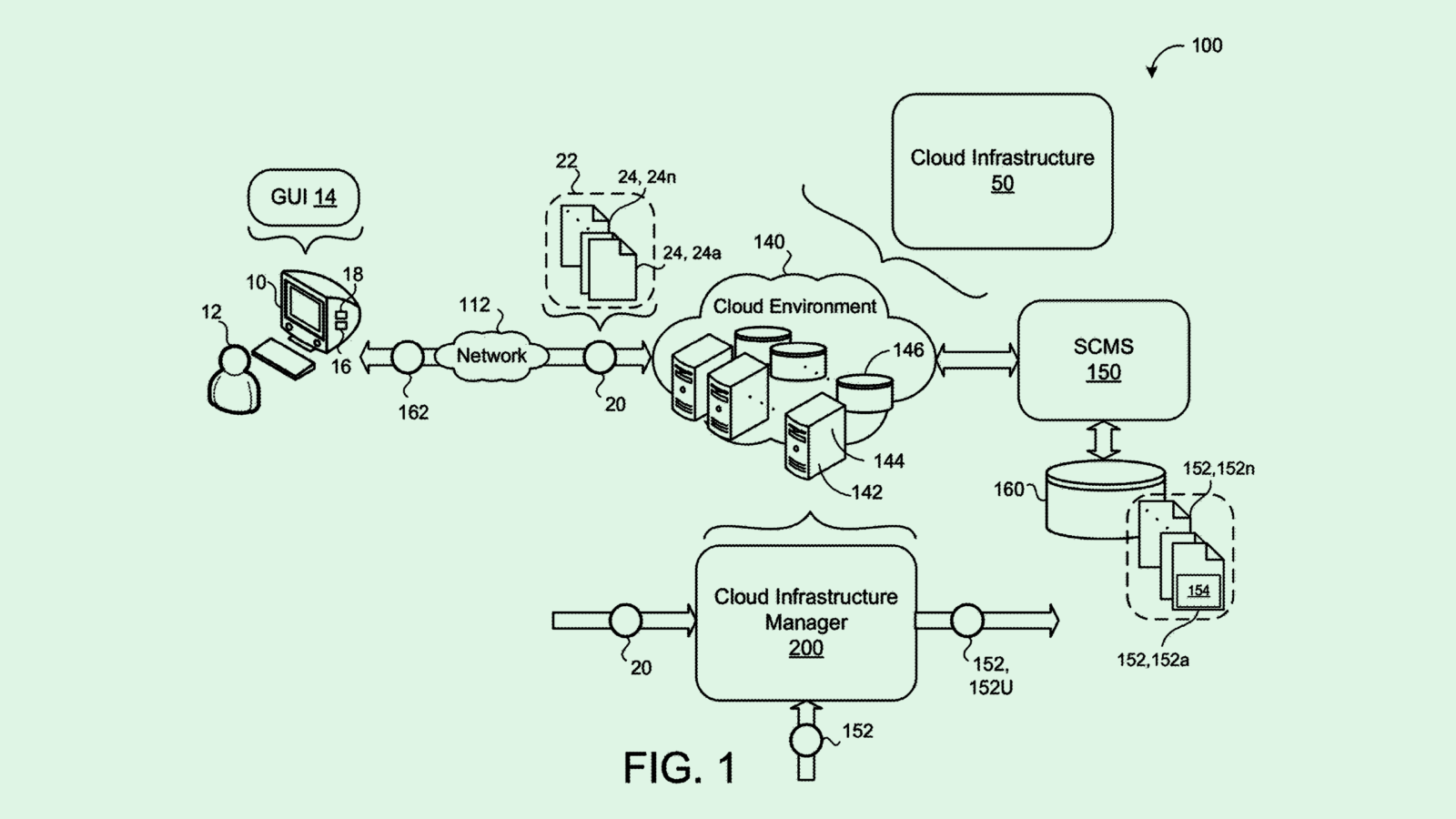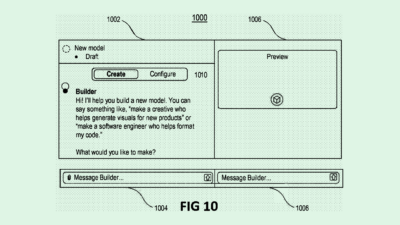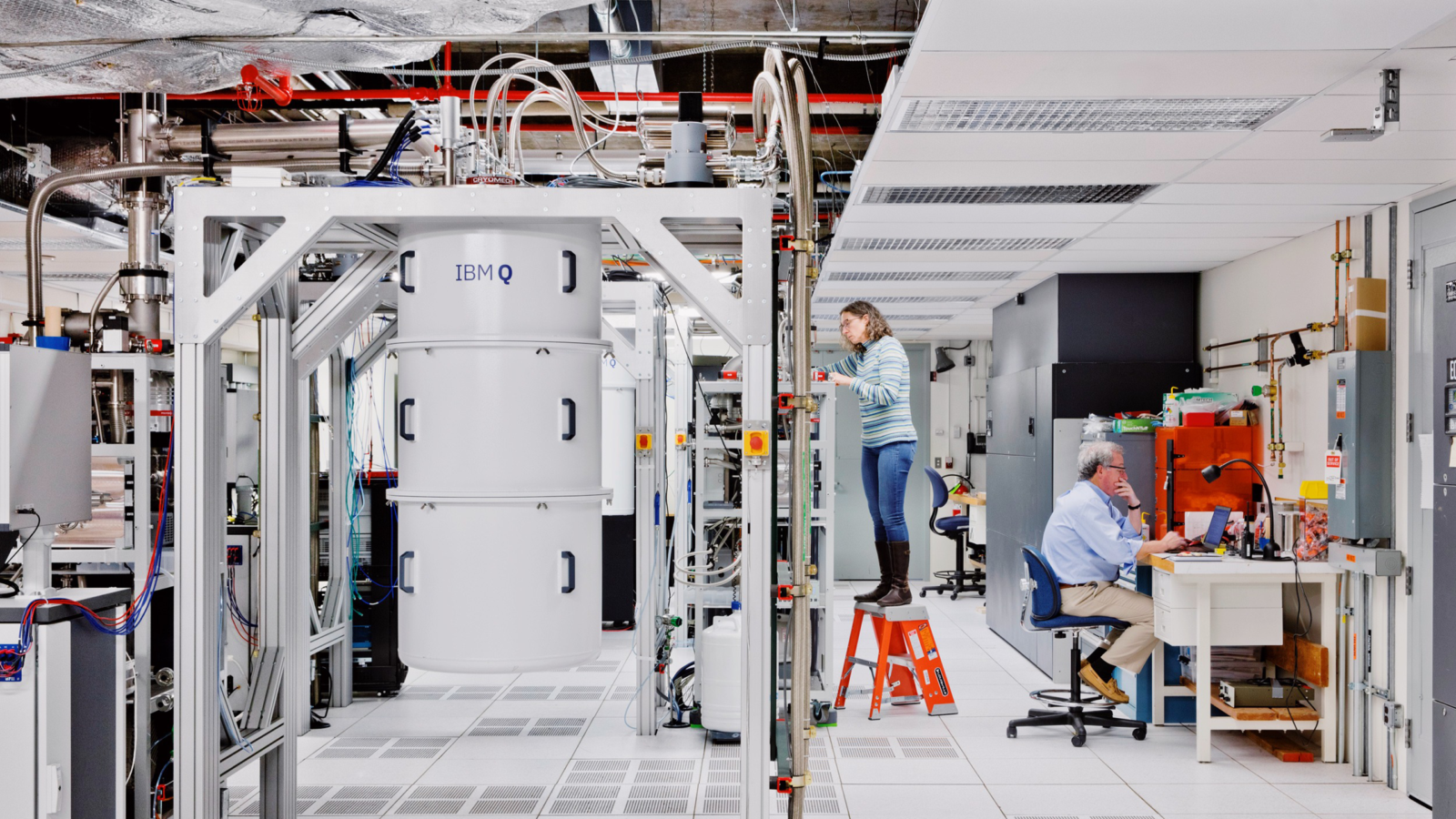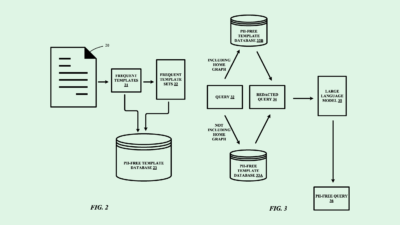Why Factory Floors Are the Best Place to Start with AI Robots
“The problem is bounded,” one expert said.

Sign up to get cutting-edge insights and deep dives into innovation and technology trends impacting CIOs and IT leaders.
People are still figuring out what to do with their AI models. Are robots the answer?
The tech industry is growing excited about the potential that AI has in the robotics market – and investors are seeing dollar signs. Last week, The Bot Company, a robotics firm founded by former Cruise CEO Kyle Vogt, raised $150 million at a valuation of $2 billion, according to Reuters.
The company launched less than a year ago and has no product or revenue, and Reuters reports that it aims to create non-humanoid robots for in-home tasks.
The news is the latest of several robotics announcements over the last few months: Google recently introduced Gemini models tailored for robotics; startup Figure AI debuted a robot earlier this week capable of walking like a human; and Tesla will reportedly show off its Optimus humanoid robot at a Washington, D.C., robotics symposium.
“Considering that we’re at the beginning of this product category, it makes sense to me that there’s a competition to become the first mover,” said Brian Jackson, principal research director at Info-Tech Research Group.
The desire to plug AI into robotics also signals that the tech industry has yet to figure out what to do with the massive foundational models that many have spent the last several years building.
Similar to the dawn of the internet, “there’s a lot of excitement, and everyone starts doing everything,” said Rhonda Dibachi, CEO at manufacturing-as-a-service company HeyScottie. “I think it’s what happens when a new technology comes out.”
Though many firms are chasing In-home and general-purpose robots, they face a number of challenges to adoption, said Dibachi. Along with mobility and safety issues, “anything a person can spew out of their mouth is a potential input,” which creates a massive range of training data for a developer to consider, she said.
It’s why enterprise settings — such as factory floors, logistics and manufacturing plants — are the easiest place to start implementing AI-powered coworkers, said Dibachi. “The problem is bounded,” she said. “There’s a finite set of instructions that the robot can and should process.”
- And with the potential to turn the industrial labor market entirely on its head, the upside could be massive, said Jackson. “The biggest cost to businesses today is paying for human labor.”
- “The trend has been exploding, and the ratio of robots to people working in factories, warehouses and commercial environments has been growing in recent years,” Jackson added.
However, just because the risks are lower doesn’t mean there are none. When humans interact with powerful robots, “the risk level is very high, and the error tolerance is very low,” said Jackson. “One accident that would get bad press – that would be enough to probably sink the valuation of a company.”











